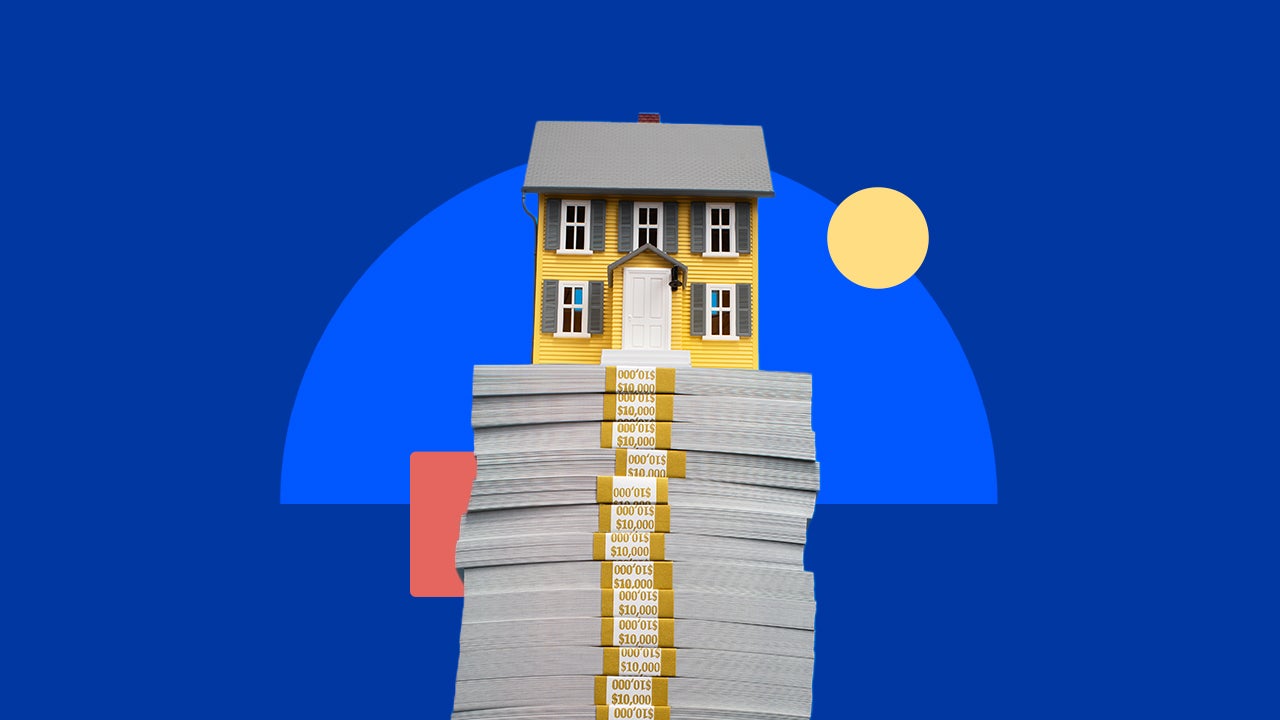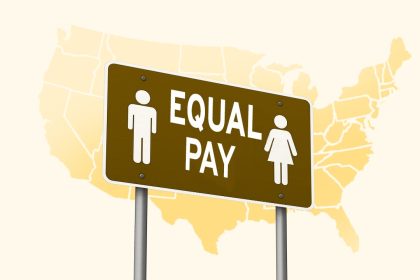Image by PM Images/Getty Images; Illustration by Hunter Newton/Bankrate
Current mortgage rates
| Loan type | Current | 4 weeks ago | One year ago | 52-week average | 52-week low |
|---|---|---|---|---|---|
| 30-year | 6.86% | 6.95% | 7.03% | 6.82% | 6.20% |
| 15-year | 6.04% | 6.12% | 6.38% | 6.05% | 5.40% |
| 30-year jumbo | 6.86% | 6.90% | 7.12% | 6.86% | 6.36% |
The 30-year fixed mortgages in this week’s survey had an average total of 0.32 discount and origination points. Discount points are a way to lower your mortgage rate, while origination points are fees lenders charge to create, review and process your loan.

Shop smarter for mortgage rates
Bankrate connects you to the latest lender offers, tailored to you. Find your low rate today.
Explore mortgage rates
Monthly mortgage payment at today’s rates
The national median family income for 2025 is $104,200, according to the U.S. Department of Housing and Urban Development, and the median price of an existing home sold in April 2025 was $414,000, according to the National Association of Realtors. Based on a 20 percent down payment and a 6.86 percent mortgage rate, the monthly payment of $2,172 amounts to 25 percent of the typical family’s monthly income.
What will happen to mortgage rates in 2025?
This week’s big news was that the Federal Reserve decided to leave the federal funds rate untouched. Mortgage rates didn’t respond to the Fed’s three consecutive cuts last year — a reminder that fixed mortgage rates are not set directly by the Fed but by investor appetite, particularly for 10-year Treasury bonds. When there’s uncertainty in the market, investors buy Treasury bonds, which in turn drives yields — and, often, mortgage rates — downward.
President Donald Trump’s tariff policies spurred a spasm of market swings that included 10-year Treasury yields briefly dropping below 4 percent. As of Wednesday afternoon, they stood at 4.4 percent.
“A Fed on hold aligns with our forecast for little change in mortgage rates for the time being.” says Mike Fratantoni, chief economist at the Mortgage Bankers Association.
Another factor is inflation, which remains persistently higher than the Fed’s target of 2 percent. The Labor Department reported that inflation had edged up to 2.4 percent in May, an uptick, but still tame enough to relieve some of the pressure on mortgage rates.
Even with the volatility in markets, housing economists say mortgage rates are likely to move gradually rather than dramatically. “Mortgage rates have remained relatively stable,” says Samir Dedhia, CEO of One Real Mortgage. “That consistency offers some reassurance for homebuyers and homeowners, especially in a market that’s been sensitive to every shift in economic sentiment.”
Why we ask for feedback
Your feedback helps us improve our content and services. It takes less than a minute to
complete.
Your responses are anonymous and will only be used for improving our website.
Help us improve our content
Read the full article here
















